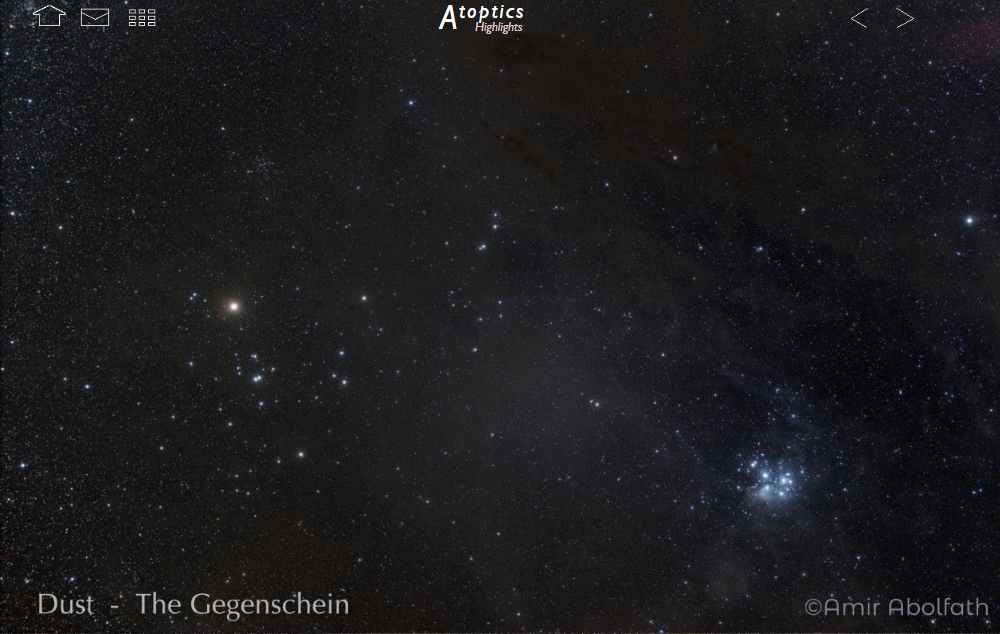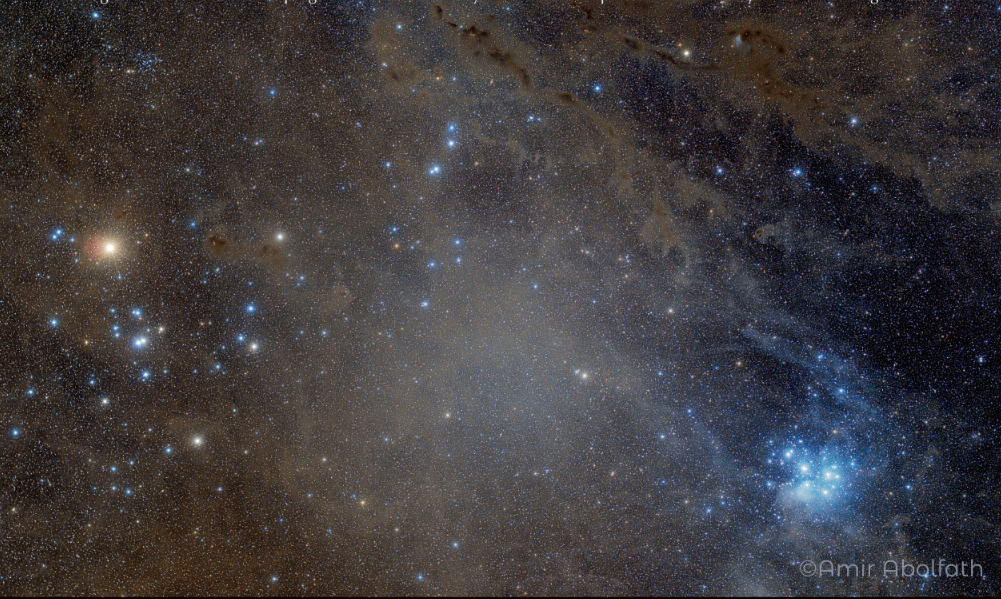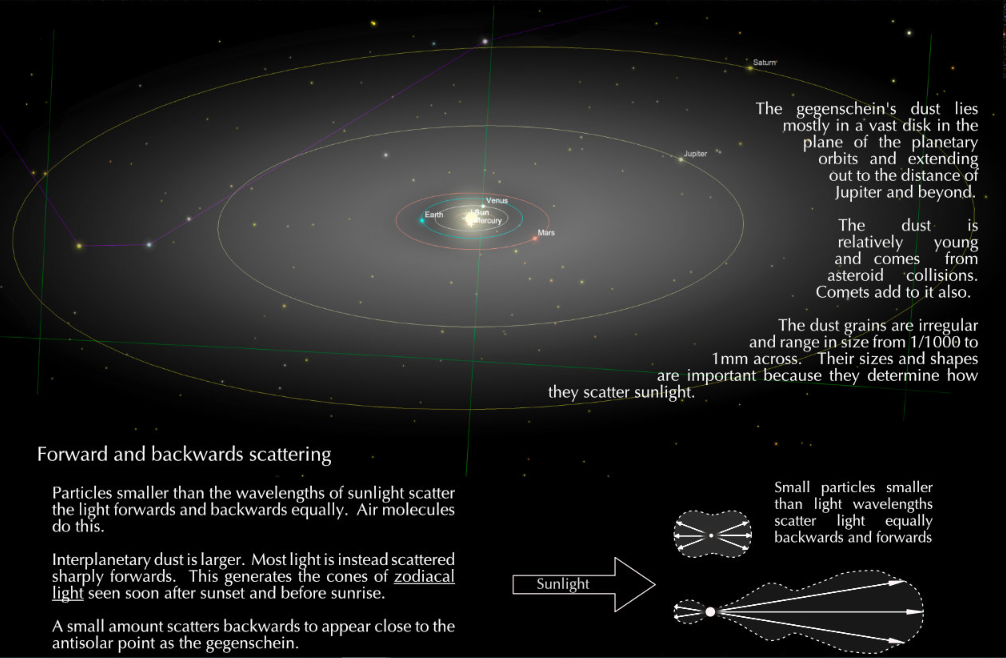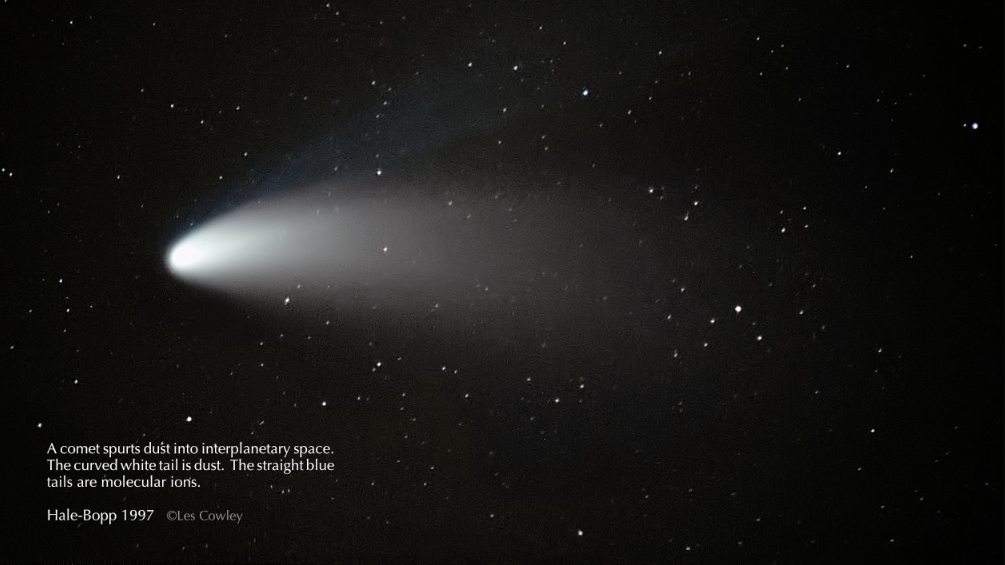The Gegenschein, interplanetary dust scattering, opposition effect
The Gegenschein: Exploring Interplanetary Dust Scattering and the Opposition Effect
Have you ever gazed up at the night sky and noticed a faint luminous patch opposite the sun? This ethereal glow, known as the gegenschein or counter glow, is a rare atmospheric phenomenon that captivates stargazers around the world. In this article, we will delve into the fascinating world of the gegenschein, interplanetary dust scattering, and the opposition effect.
Unveiling the Gegenschein
The gegenschein is a faint luminous patch approximately 5° in diameter, directly opposite the sun at the antisolar point. As the seasons progress, this glow moves against the backdrop of stars. To witness this celestial spectacle firsthand, one must venture far away from light pollution and choose a time when the gegenschein is not backed by the Milky Way. For observers in the northern hemisphere, November and January are particularly favorable months.
Shedding Light on Interplanetary Dust Scattering
The gegenschein's glow is not solely attributed to distant stars or cosmic phenomena. It owes its luminosity to interplanetary dust scattering, specifically sunlight scattered by dust particles located between the planets of our solar system. These dust particles, which are smaller than the wavelengths of sunlight, scatter light both forwards and backwards. However, interplanetary dust, being larger in size, predominantly scatters light sharply forwards.
A Dance of Dust and Light
Interplanetary dust grains responsible for creating the gegenschein are primarily found in a vast disk that aligns with the plane of the planetary orbits. Extending out to the distance of Jupiter and beyond, this disk contains relatively young dust particles resulting from asteroid collisions and contributions from comets. Irregular in shape and ranging in size from 1/1000 to 1mm across, these dust grains play a crucial role in determining how sunlight is scattered.
The Mystery of the Zodiacal Band
In addition to the gegenschein, interplanetary dust scattering gives rise to another faint phenomenon known as the zodiacal band. This extremely faint band encircles the ecliptic, linking the zodiacal light and the gegenschein. Unlike the gegenschein, which scatters light backwards at the antisolar point, the zodiacal band results from a smaller amount of sideways scattering by dust particles.
Unveiling the Opposition Effect: Shadow Hiding
To fully comprehend the small diameter of the gegenschein, we must consider an additional factor known as the opposition effect or shadow hiding. This effect, also observed in celestial bodies like the moon, Mars, and asteroids when they are close to the antisolar point, causes these objects to appear particularly bright. Interplanetary dust grains, with their rough and pitted microscopic surfaces, exhibit a similar phenomenon.
The Dance of Shadows and Brightness
Microscopic protuberances on interplanetary dust grains cast shadows into nearby deeper areas. When observed from a great distance and towards the antisolar point, these shadows become hidden behind the shadow-casting protuberances. As a result, dust located at the antisolar point appears brighter, contributing to the luminosity of the gegenschein. Interestingly, this shadow hiding effect can also be observed on a larger scale in Earth's forests.
The Role of Coherent Backscatter
While coherent backscatter is another scattering phenomenon associated with interplanetary dust, it is not thought to significantly contribute to the brightness of the gegenschein. Instead, it is predominantly forward scattering that shapes the appearance of this elusive atmospheric glow.
Exploring Cometary Contributions
Comets, known for their breathtaking tails and occasional appearances in our night skies, play a role in enriching interplanetary dust. These celestial objects release dust particles into interplanetary space, contributing to the overall population of dust grains that scatter sunlight and create phenomena like the gegenschein.
Captivating Images of Celestial Dust
The interplay between interplanetary dust scattering, the opposition effect, and cometary contributions has been beautifully captured in images of celestial events. From the stunning image of the Pleiades star cluster to the fiery presence of Aldebaran, these photographs allow us to appreciate the complexity and beauty of the gegenschein and its associated atmospheric optics phenomena.
In Conclusion
The gegenschein, interplanetary dust scattering, and the opposition effect combine to create a mesmerizing celestial spectacle that enchants astronomers and stargazers alike. Understanding the intricate interplay between sunlight, dust particles, and shadow hiding allows us to unravel the secrets behind this elusive atmospheric glow. As we continue to explore the wonders of our universe, let us marvel at the dance of light and dust that illuminates our night sky.

An image captured in Iran by Amir Abolfath (site, TWAN)
At bottom right the Pleiades star cluster. At centre left, fiery Aldebaran, Between them is a faint luminous patch about 5° across. This is the rarely seen gegenschein or counter glów.
The glow is directly opposite the sun at the antisolar point and moves against the stars as seasons progress. To see it visually needs a locale well away from light pollution. Look also when it is not backed by the Milky Way. November and January are good times for the northern hemisphere.
Below: the same scene processed to bring out the gegenschein and the distant dust clouds of the galaxy. The gegenschein glow is from dust too. Sunlight scattered by the much nearer dust between the planets of the solar system makes the glow.


Forward and backwards scattering
Particles smaller than the wavelengths of sunlight scatter the light forwards and backwards equally. Air molecules do this.
Interplanetary dust is larger. Most light is instead scattered sharply forwards. This generates the cones of zodiacal light seen soon after sunset and before sunrise.
A small amount scatters backwards to appear close to the antisolar point as the gegenschein.
The gegenschein's dust lies mostly in a vast disk in the plane of the planetary orbits and extending out to the distance of Jupiter and beyond.
The dust is relatively young and comes from asteroid collisions. Comets add to it also.
The dust grains are irregular and range in size from 1/1000 to 1mm across. Their sizes and shapes are important because they determine how they scatter sunlight.
Small particles smaller than light wavelengths scatter light equally backwards and forwards

An even smaller amount scattered sideways produces the extremely faint zodiacal band that extends around the ecliptic to link the zodiacal light and gegenschein.
Opposition effect - Shadow hiding
The above does not account fully for the gegenschein's small, 5-10°, diameter. There is an additional effect - the opposition effect or shadow hiding operating. The opposition effect causes the moon to be particularly bright when exactly full. It causes Mars and asteroids to be
brighter when they are close to the antisolar point. Interplanetary dust grains are similarly brighter.
Interplanetary dust grains are rough and pitted on a microscopic scale. As in the example at right, they can be fluffy assemblages of smaller grains and crystals.
Protuberances on their surface cast shadows into nearby deeper areas. When we look at them from a great distance and towards the antisolar point these shadows cannot be seen they are hidden behind the shadow casting protuberance. Dust at the antisolar point therefore looks
brighter. On a far larger scale Earth's forests do the same!
There is another effect, coherent backscatter, but that is not thought to contribute much to the gegenschein's brightness.
Interplanetary dust sized particles scatter light mostly forwards. Only a small amount goes backwards to form a gegenschein.
A dust grain 1/10mm across and probably from a comet.
It is composed of many smaller grains or crystals and presents a very rough surface. Fragments sticking out cast their shadows on to deeper parts.
When a grain like this is at 'our' antisolar point, the shadows are hidden and the tiny
grain looks brighter. We see a gegenschein.
Image ONASA.

A comet spurts dust into interplanetary space.
The curved white tail is dust. The straight blue
tails are molecular ions.
Hale-Bopp 1997 ©Les Cowley
Note: this article has been automatically converted from the old site and may not appear as intended. You can find the original article here.
Reference Atmospheric Optics
If you use any of the definitions, information, or data presented on Atmospheric Optics, please copy the link or reference below to properly credit us as the reference source. Thank you!
-
<a href="https://atoptics.co.uk/blog/the-gegenschein-interplanetary-dust-scattering-opposition-effect/">The Gegenschein, interplanetary dust scattering, opposition effect</a>
-
"The Gegenschein, interplanetary dust scattering, opposition effect". Atmospheric Optics. Accessed on December 26, 2024. https://atoptics.co.uk/blog/the-gegenschein-interplanetary-dust-scattering-opposition-effect/.
-
"The Gegenschein, interplanetary dust scattering, opposition effect". Atmospheric Optics, https://atoptics.co.uk/blog/the-gegenschein-interplanetary-dust-scattering-opposition-effect/. Accessed 26 December, 2024
-
The Gegenschein, interplanetary dust scattering, opposition effect. Atmospheric Optics. Retrieved from https://atoptics.co.uk/blog/the-gegenschein-interplanetary-dust-scattering-opposition-effect/.